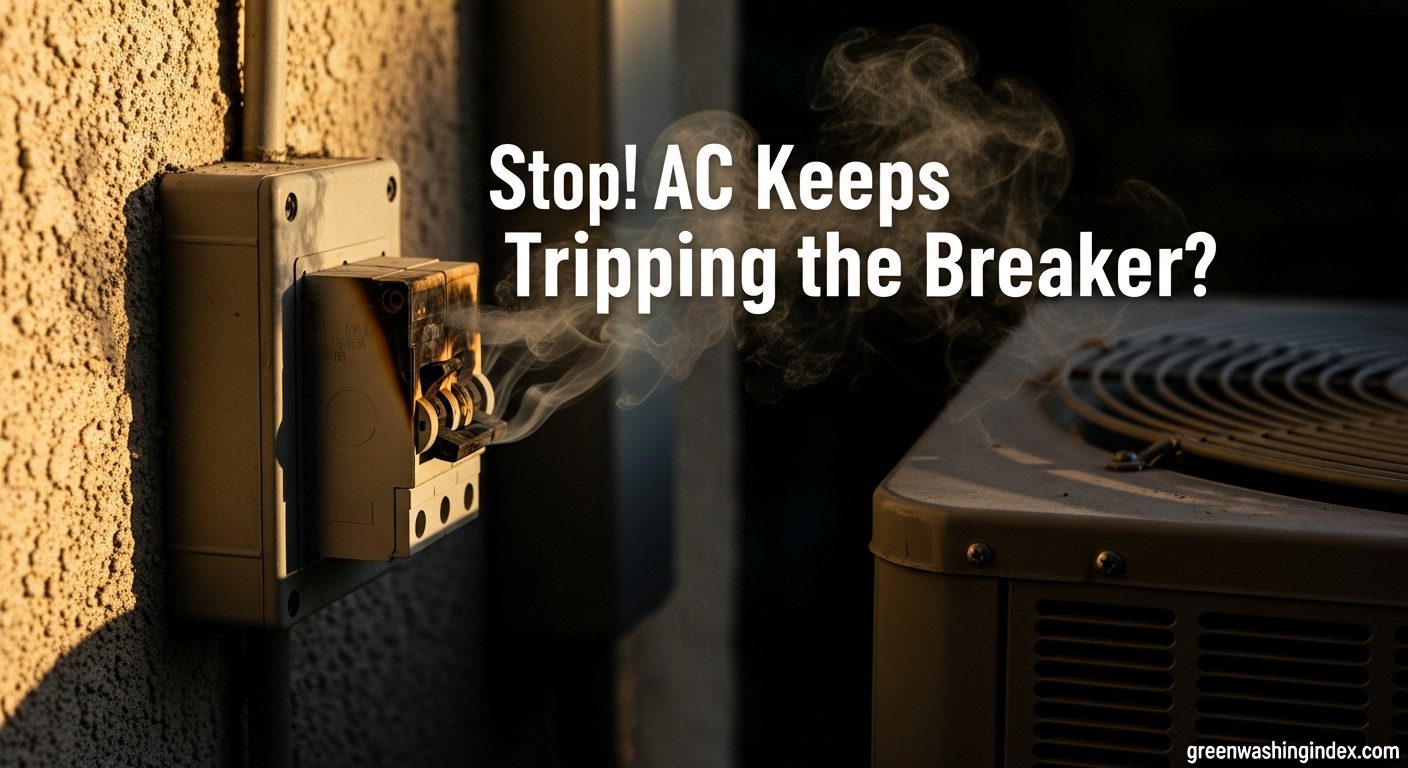
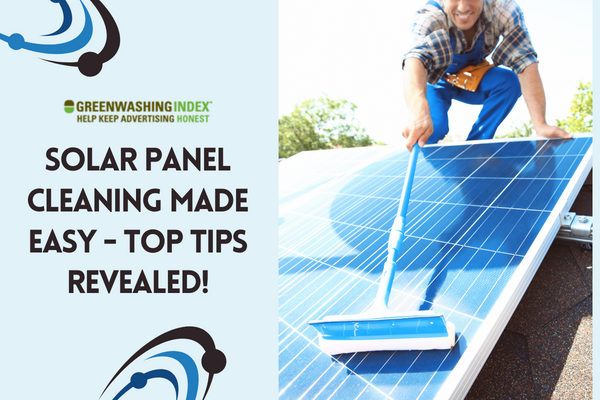
Cleaning solar panels is essential for maintaining their efficiency and maximizing your investment in renewable energy. Dust and debris can significantly reduce energy production, making regular maintenance a necessity.
While the task may seem intimidating, it can be straightforward with the right approach and tools. Imagine the satisfaction of seeing your solar panels gleaming in the sun, ready to harness every ray of light. With just a few simple steps, you can ensure that your solar energy system operates at its best, providing you with clean energy for years to come.
Maintaining the efficiency of solar panels is crucial for maximizing their energy output. Over time, dust, debris, and other contaminants can accumulate on the surface, blocking sunlight and reducing the panels’ effectiveness.
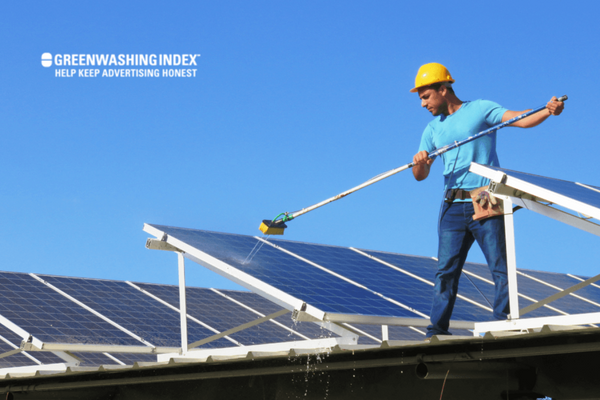
Therefore, regular cleaning is essential to ensure optimal performance. The frequency of cleaning depends on various factors such as location, weather conditions, and the surrounding environment. Below are key guidelines on when to perform solar panel cleaning:
By adhering to these guidelines, solar panel owners can ensure their systems operate at peak efficiency, ultimately leading to better energy production and cost savings.
Maintaining solar panels is essential for ensuring their efficiency and longevity throughout the year. Seasonal changes can significantly impact the performance of solar energy systems, making it crucial for owners to adapt their maintenance routines accordingly.
By understanding the specific challenges posed by each season, solar panel owners can implement effective strategies to maximize energy production, extend the lifespan of their panels, and safeguard their investment. Below is a detailed guide on seasonal considerations for solar panel maintenance.
Cleaning the Panels: After winter, it’s vital to clean off any dirt and debris that may have accumulated. Use a soft brush or sponge with mild detergent to avoid damaging the panels.
Inspecting for Damage: Check for cracks or loose connections that may have occurred during winter storms. Ensure all hardware is secure.
Checking for Shading: Evaluate surrounding vegetation for new growth that could block sunlight and trim back any obstructive branches.
Performance Monitoring: Review energy production data to identify any drops in performance compared to previous years.
Regular Cleaning: Dust and pollen can accumulate quickly; therefore, cleaning every few weeks is recommended, especially in dry areas.
Monitoring Temperature: Ensure adequate ventilation around the panels to prevent overheating, which can reduce efficiency.
Inspecting for Wear and Tear: After summer storms, inspect for physical damage to panels and wiring caused by high winds or hail.
Checking Inverter Performance: Monitor the inverter’s performance regularly, ensuring it remains in a shaded area to prevent overheating.
Final Cleaning: Before winter, perform a thorough cleaning to remove dust and debris, maximizing sunlight absorption during shorter days.
Inspecting and Securing Mounts: Check that all mounting hardware is secure to withstand winter weather conditions.
Checking for Obstructions: Regularly clear leaves and debris from panels and ensure gutters are clear to prevent water overflow onto them.
Performance Analysis: Analyze performance data from spring and summer to identify any declining trends that may require professional inspection.
Snow Removal: In snowy regions, promptly remove snow accumulation using a soft brush or snow rake designed for solar panels to prevent blockage of sunlight.
Inspecting for Ice Damage: Check for ice build-up that could cause physical damage or hinder energy production; ensure mounts are secure against winter winds.
Monitoring Performance: Keep an eye on energy production levels during winter months; low output may indicate issues requiring attention.
By following these seasonal maintenance guidelines, solar panel owners can ensure their systems operate efficiently year-round, maximizing energy output while extending the lifespan of their investment.
Also Read: The Power of Bifacial Solar Panels: A Comprehensive Guide
Cleaning solar panels is essential for maintaining their efficiency and longevity. Over time, dust, dirt, and debris can accumulate on the surface, obstructing sunlight and reducing energy output. Regular cleaning not only enhances performance but also prolongs the lifespan of the panels. Before starting the cleaning process, it is crucial to prepare adequately to ensure safety and effectiveness.
Here are the key steps to prepare for solar panel cleaning:
1. Turn Off the Solar Panel System: Before beginning any cleaning activities, ensure that the solar panel system is turned off. This step is vital to prevent electrical hazards, such as electric shock, during the cleaning process.
2. Inspect the Panels: Conduct a thorough inspection of the solar panels for any visible damages, such as cracks or loose connections. Check for accumulated debris that may need special attention. Identifying issues beforehand can help avoid further damage during cleaning.
3. Gather Necessary Equipment: Collect all required tools and materials for cleaning, including:
4. Choose an Appropriate Time: Select a cooler day or early morning/late afternoon for cleaning to avoid thermal shock to the panels caused by sudden temperature changes. Avoid cleaning during extreme heat or direct sunlight.
5. Safety Precautions: Ensure safety by using sturdy ladders or scaffolding if necessary, and consider wearing a safety harness when working on rooftops. Proper footwear and protective gear are also recommended.
By following these preparatory steps, you can clean your solar panels effectively while minimizing risks and ensuring optimal performance. Regular maintenance will help your solar energy system operate at its best for years to come.
Maintaining the efficiency of solar panels requires regular cleaning, which can be effectively accomplished with the right tools and materials. Proper cleaning not only enhances energy output but also extends the lifespan of the panels. Here’s a comprehensive list of essential tools and materials needed for effective solar panel cleaning:
Cleaning Brushes
Telescopic Pole
Water Supply System
Non-Abrasive Cleaning Solution
Squeegee
Safety Equipment
By utilizing these tools and materials, you can effectively clean your solar panels, ensuring they operate at peak efficiency while maintaining their integrity over time. Regular maintenance is key to maximizing your solar investment.
Also Read: Composting Orange Peels: The Hidden Truth
Cleaning solar panels is essential for optimal performance and longevity. Dust, dirt, and debris can accumulate over time, reducing the panels’ efficiency. Here’s a step-by-step guide to effectively clean your solar panels while ensuring safety and maintaining their integrity.
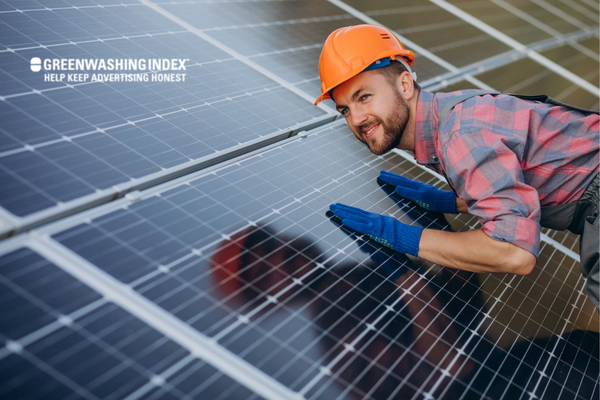
1. Turn Off Your Solar System: Before starting, ensure that your solar panel system is turned off. This precaution protects you from electrical shocks and prevents damage to the system during cleaning.
2. Inspect the Panels: Walk around and visually inspect the panels for any damages or areas with heavy dirt buildup. Identifying these spots will help you focus your cleaning efforts where they are most needed.
3. Rinse with Water: Use a low-pressure hose to rinse the panels. Avoid high-pressure water as it can create micro-cracks in the glass, compromising the panels’ ability to absorb sunlight. If a hose isn’t available, a spray bottle filled with distilled water can be used.
4. Prepare a Cleaning Solution: Mix a small amount of mild, biodegradable soap with distilled water. This solution effectively removes stubborn dirt without leaving harmful residues.
5. Gently Scrub the Panels: Using a soft-bristled brush or microfiber cloth, gently scrub the surface of the panels. Be cautious not to apply too much pressure to avoid damaging the protective coating. Always scrub from top to bottom to prevent streaking.
6. Rinse Thoroughly Again: After scrubbing, rinse the panels thoroughly with distilled water to remove all soap residues. It’s crucial to ensure that no soap is left behind as it can affect performance.
7. Dry the Panels: Allow the panels to air dry naturally or use a soft cloth to gently wipe away any remaining water spots for a polished finish.
8. Check Performance Post-Cleaning: After cleaning, monitor your solar energy output over the next few days. Many homeowners notice an increase in efficiency after thorough cleaning, especially if there was significant buildup beforehand.
By following these steps, you can maintain your solar panels effectively, ensuring they operate at peak efficiency and prolonging their lifespan. Regular cleaning is key to maximizing your solar investment and reducing energy costs.
Also Read: Master Smell-Free Apartment Composting: An Ultimate Guide
Maintaining the cleanliness of solar panels is essential for ensuring their efficiency and longevity. Regular cleaning helps remove dirt, dust, and debris that can accumulate over time, potentially reducing energy output. However, it is crucial to follow the correct methods and precautions to avoid damaging the panels.
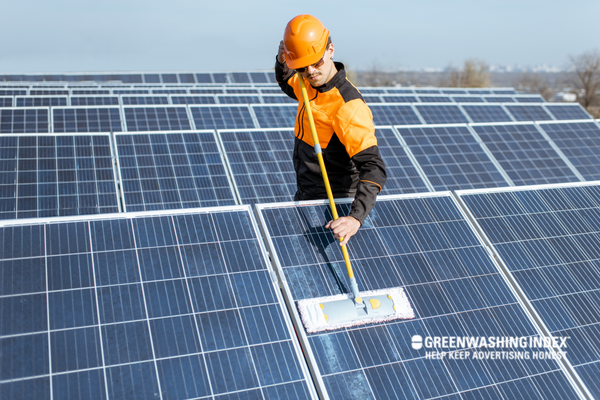
Below are some key do’s and don’ts to consider when cleaning solar panels, which will guide you in maintaining your solar investment effectively.
| Do’s | Don’ts |
|---|---|
| Use a soft-bristle brush or microfiber cloth. | Avoid using abrasive materials or harsh chemicals. |
| Clean in the early morning or late evening when cool. | Don’t clean under direct sunlight to prevent streaks. |
| Use pure water or a mild detergent solution. | Avoid high-pressure water sprayers over 35 bar. |
| Perform regular inspections for dirt accumulation. | Don’t neglect cleaning if there are stubborn stains. |
| Ensure the solar system is turned off before cleaning. | Avoid cleaning with hard water to prevent mineral deposits. |
Also Read: DIY Solar Generator Blueprint: Power Up Your Home!
Deciding between DIY solar panel cleaning and hiring a professional service is a significant choice for homeowners looking to maintain their solar energy systems. While DIY solar panel cleaning can be cost-effective and convenient, it also requires careful consideration of safety and effectiveness.
The tools and techniques necessary for a successful cleaning can help homeowners make an informed decision. Here’s a detailed look at both options.
Professional Solar Panel Cleaning Services
DIY Solar Panel Cleaning
| Aspect | Professional Cleaning | DIY Cleaning |
|---|---|---|
| Cost | Typically higher | More affordable |
| Time Investment | Quick service | Time-consuming |
| Safety | Reduced risk due to professional training | Higher risk if climbing on roofs |
| Effectiveness | Comprehensive cleaning | Dependent on homeowner’s technique |
| Convenience | Scheduled service | Flexible timing |
While DIY solar panel cleaning offers cost savings and flexibility, it requires careful execution to avoid damage. Homeowners should weigh these factors against the benefits of professional services, which provide expertise and thoroughness that may be difficult to achieve independently.
Also Read: 10 Essential Eco-Friendly Products For Green Living
When I set up solar panels on my roof, I knew they were a big investment. Just like any other important thing you buy, they need good care to work their best. Solar panel cleaning is something I take seriously because it helps me get the most clean solar energy and saves me money in the long run.
Now, let’s talk about how to look after your solar panels, so they last long and keep working well. Solar panels can get dirty from dust, leaves, bird droppings, and other things that can block sunlight from hitting them. This dirt can make your panels less efficient, which means sometimes they won’t make as much power as they could.
What I like to do for basic cleaning is:
But solar panel cleaning goes beyond just wiping away muck…
Maintaining solar panels effectively requires more than just occasional surface cleaning; it involves a comprehensive approach to ensure they operate at peak efficiency over the long term. Here are some essential solar panel cleaning tips and maintenance practices that can help maximize the performance and lifespan of your solar energy system.
1. Establish a Regular Cleaning Schedule
Aim to clean your solar panels at least twice a year, or more frequently if you live in areas with high dust or pollution levels. Regular cleaning helps prevent dirt and debris buildup, which can obstruct sunlight and reduce energy production.
2. Use Eco-Friendly Cleaning Solutions
When cleaning, opt for mild solutions such as a mix of water and white vinegar or a small amount of dish soap diluted in water. Avoid harsh chemicals that can damage the panel surface. Always rinse thoroughly to remove any residue that could affect efficiency.
3. Inspect Panels for Damage
Regularly check your solar panels for any visible signs of damage like cracks or discoloration. Early detection of issues can prevent costly repairs and ensure optimal performance.
4. Monitor Energy Production
Keep track of your solar system’s energy output. A sudden drop in production may indicate that cleaning is needed or that there are other maintenance issues to address.
5. Avoid Cleaning During Peak Sunlight Hours
To prevent overheating and potential damage, schedule cleaning early in the morning or late in the afternoon when the panels are cooler.
6. Use Soft Materials for Cleaning
When scrubbing, always use soft brushes or sponges to avoid scratching the glass surface of the panels. Abrasive materials can cause irreversible damage, reducing efficiency over time.
7. Ensure Safe Access to Panels
If your panels are on a roof, take proper safety precautions when accessing them for cleaning. Use sturdy ladders, harnesses, and other safety equipment to prevent accidents.
By following these solar panel cleaning tips, homeowners can maintain their solar systems effectively, ensuring they continue to provide clean energy efficiently for many years. Regular care not only maximizes energy output but also enhances the longevity of the investment in solar technology.
Cleaning solar panels is essential for maintaining their efficiency and ensuring optimal energy production. Dust, debris, and bird droppings can accumulate on the surface, blocking sunlight and reducing the system’s performance. Using the right cleaning solutions and techniques is crucial to prevent damage to the panels while effectively removing contaminants.
One popular cleaning solution is Simple Green, a non-toxic cleaner that is safe for solar panels. Below is a detailed guide on how to clean solar panels using Simple Green.
Before starting, ensure your safety by using fall protection equipment if accessing the roof. Always work within your limits and choose a time when the panels are cool to avoid burns or rapid evaporation of cleaning solutions.
After cleaning, inspect the panels for any signs of damage or nests from birds and rodents. Regular inspections help maintain performance and energy efficiency.
By following these steps, you can effectively clean your solar panels using Simple Green, ensuring they remain efficient and functional for years to come.
No, you don’t need soap for solar panel cleaning. Just water and a soft brush will do a great job in most cases.
It’s good to check your panels every few months to make sure they stay clean and efficient.
Yes, bad weather like storms or lots of wind can mean you need to clean your solar panels more often.
Cleaning solar panels is essential for maintaining their efficiency and maximizing the benefits of your investment in renewable energy. Regular maintenance not only enhances energy production but also prolongs the lifespan of the panels. It sounds like a straightforward task, yet it requires careful consideration of safety and proper techniques to avoid damage.
By understanding the best practices for cleaning, including using gentle materials and avoiding harsh chemicals, homeowners can ensure their solar panels remain effective in harnessing sunlight for years to come.

Don't let aphids, slugs, and caterpillars ruin another plant. Take back control with simple, natural methods that actually work.